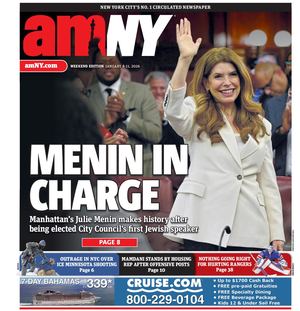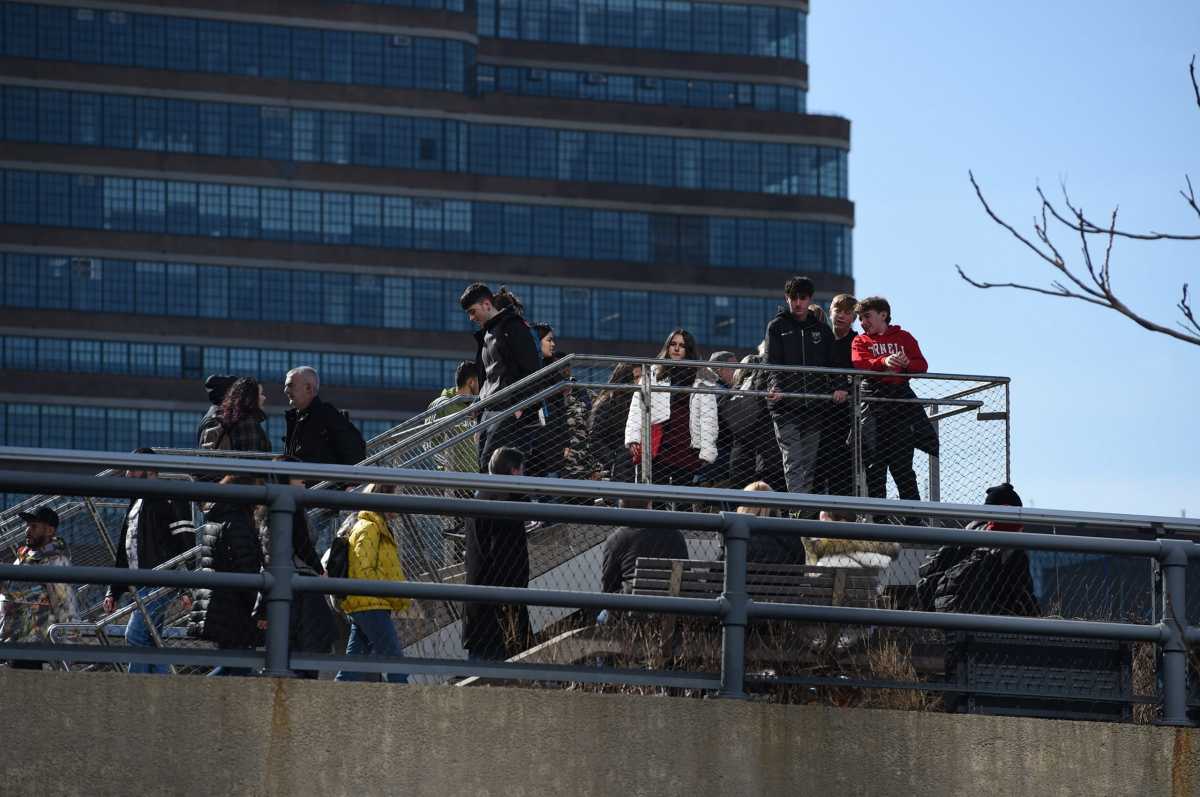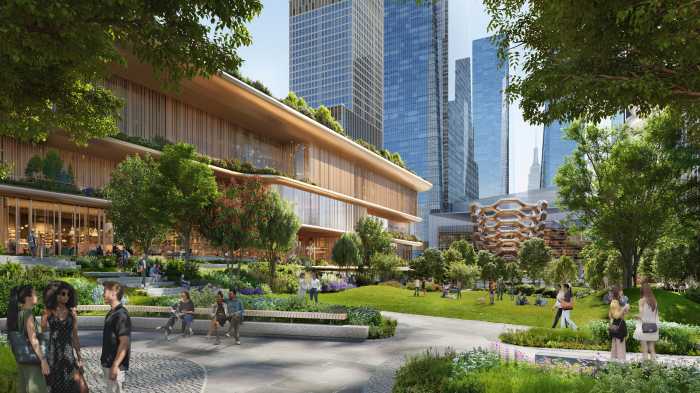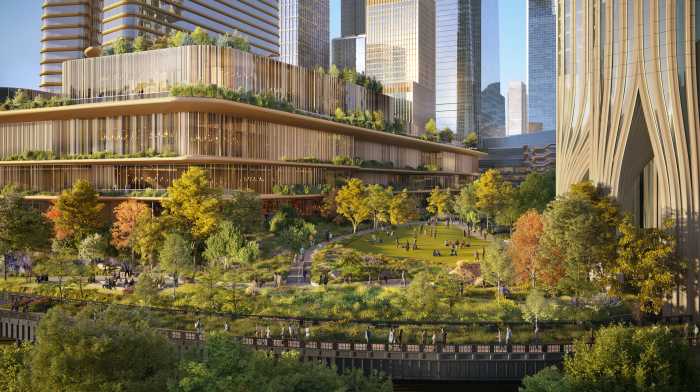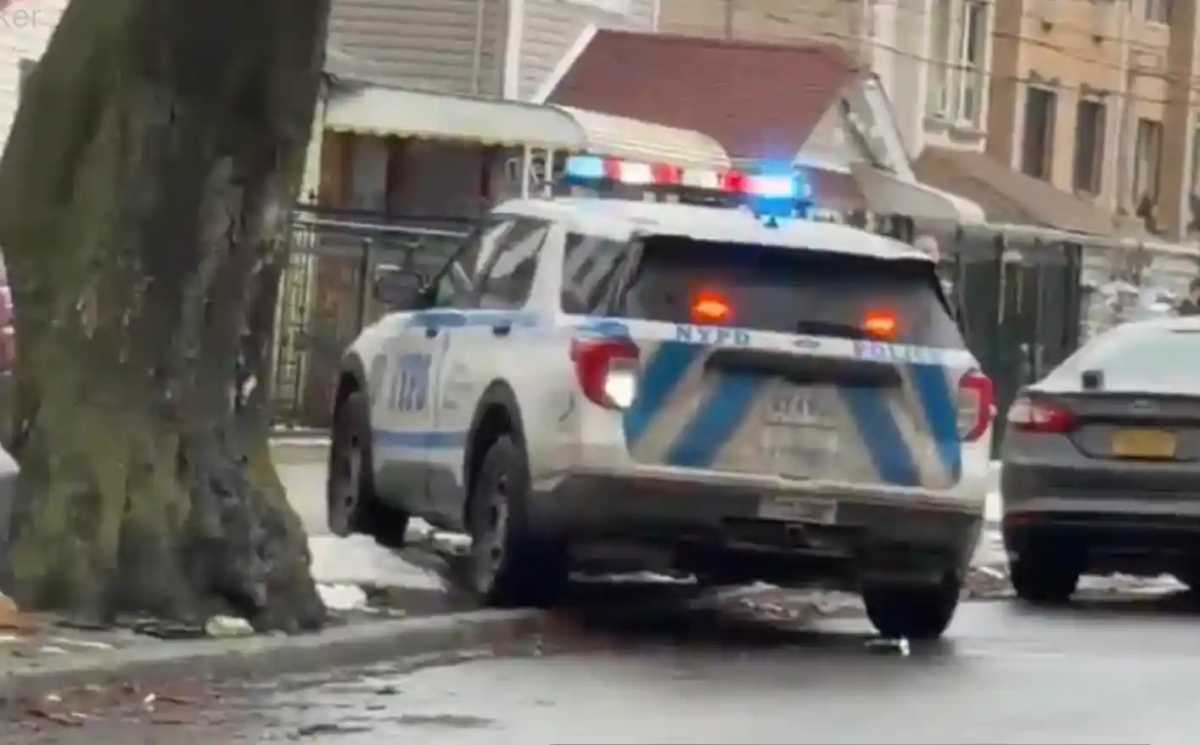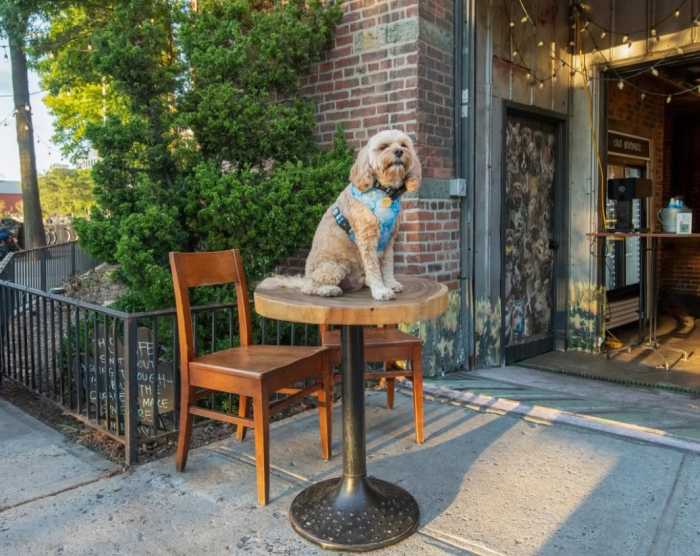It’s hard to believe, but one of New York City’s most famous and edgy parks is turning 15 this year! With the blink of an eye, the West Side’s High Line went from an abandoned freight railroad to a naturescape for locals and tourists to enjoy.
In celebration of the park’s milestone anniversary, amNew York Metro spoke with Annik LaFarge, historian and author of the book series On the High Line: The Definitive Guide, who shared some interesting facts about the popular park that might surprise even its most avid visitor. The latest edition of Lafarge’s guidebook is coming out on May 7 and features lots of up-to-date information about the 1.45-mile elevated park.
A bit of history about the park
First, here’s a quick glance at the park’s history. Once deemed an “eyesore” that faced demolition, activists in the area rallied to save the structure and preserve its history and natural beauty starting in 1999. A lot of work went into saving the railroad prior to its opening, LaFarge explained, and the High Line officially opened to the public on June 8, 2009.
That date marked the first of more milestones to come.
“I would say the next significant moment in the story was the establishment of the High Line Network, an initiative launched by Friends of the High Line in 2017 with a mission to share its hard-earned lessons and wisdom about adaptive reuse projects with others around the world who are working to create new public spaces from underutilized infrastructure,” LaFarge explained.

8 little-known facts about the High Line
And now… here are some little-know facts about the park, courtesy of LaFarge and fellow High Line gurus at Friends of the High Line:
- The High Line is a place for love…and lost engagement rings. Couples have always loved getting engaged on the High Line, but some weren’t so careful when they got down on one knee. In 2010, the horticulture staff at Friends of the High Line rescued two engagement rings that had fallen through the cracks of the walkway.
- It’s a buzzing ecosystem. The horticulture staff at Friends of the High Line considers itself stewards of an entire ecosystem in the park. In addition to the thousands of plants and trees visitors see, there are many other less-visible efforts on site that support birds, insects and other cool creatures. Humans even installed “bee hotels” to provide homes for young native bees who aren’t big on hive life.
- Speaking of bees… The park is home to 33 bee species, according to an American Museum of Natural History survey.
- The High Line was once sold for $10. In 1984, a rail fan named Peter Obletz bought the development rights to the High Line from Conrail for $10. He dreamed of running old parlor cars or even creating a light-rail service on the elevated line, but eventually returned the rights to the railroad’s owner, Conrail.
- People had to move when the original rail line was built. Over 600 homes plus one church and two schools were torn down in order to build the original High Line, which opened in 1934.
- You can decorate your home with High Line colors. The High Line’s railings are painted in a Sherwin-Williams color called “Greenblack.” (In case you want to purchase it for yourself, just ask for swatch SW6994.)
- The High Line is composting central. The park is one of the most dedicated composters in NYC. During spring cutback this year, volunteers and horticulture staff removed more than 160 cubic yards of dried grasses and perennials, which is enough to fill almost six garbage trucks. Some cuttings are trucked to a composting facility in Queens and others are dropped off at Earth Matters, a nonprofit on Governors Island. And the horticulture staff doesn’t come home empty-handed. They bring back to the High Line giant super sacks of fresh compost, which they spread onto the gardens to begin a new cycle of growth.
- 1,340 trees grow on the High Line. Actually, 1,341 if you include the bright pink sculpture of the Old Tree, the Plinth commission by Pamela Rosenkranz, located at 30 Street and 10 Avenue.
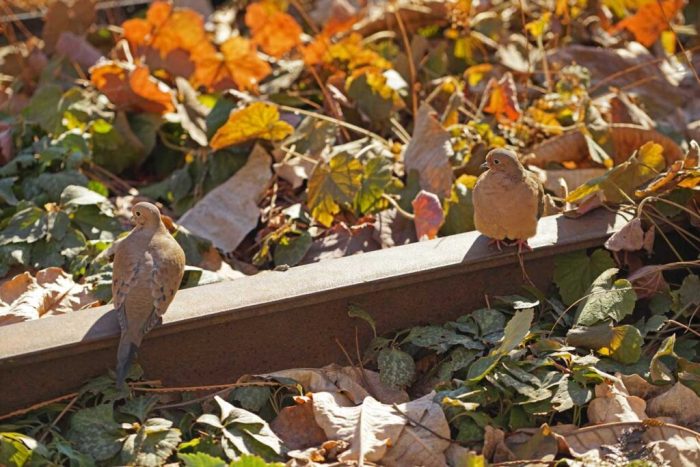
LaFarge, who is also a volunteer at the park, noted that in its somewhat short history, the park has benefited the local community and city as a whole.
“I’ve served as a volunteer since the park opened, giving lectures and tours, working on the snow team, the spring cutback, and more,” she said. “And as a neighbor, I lived above the lawn for 15 years, I both took part in and profoundly appreciated the many ways in which the park became a valued community asset for art exhibits, dancing, lectures, stargazing, and so much more.”
Read more: AARP New York offers financial security event for all ages.
